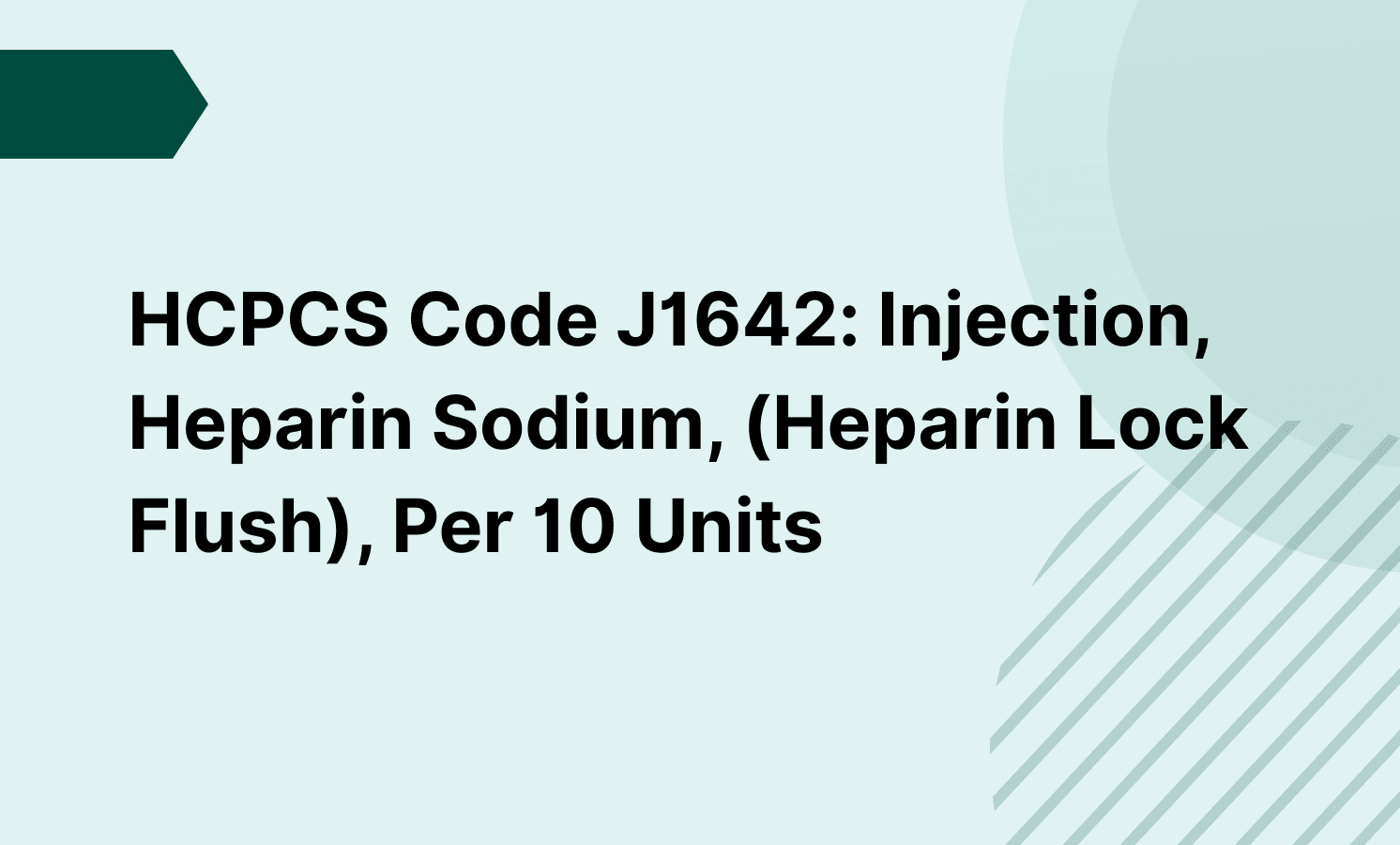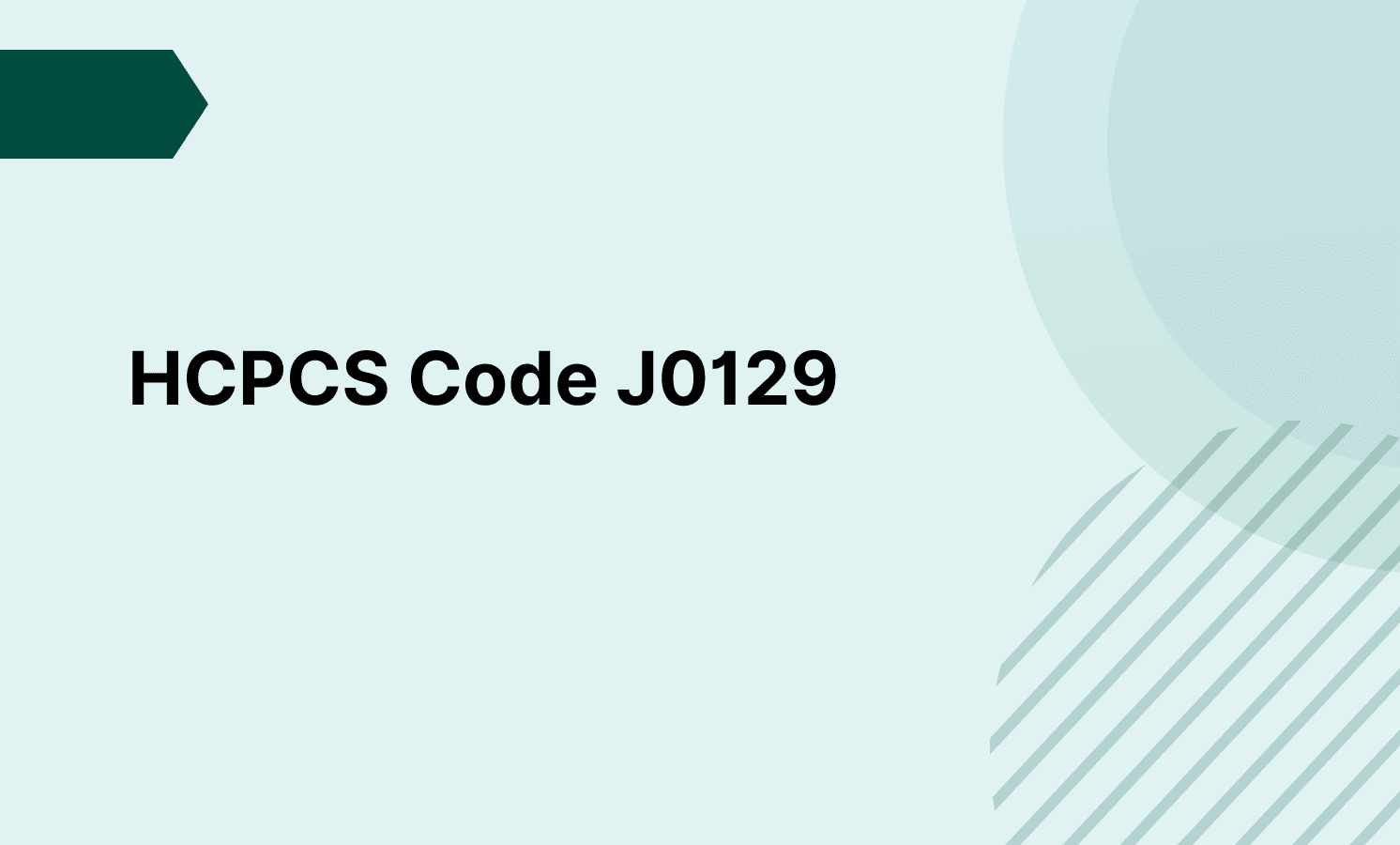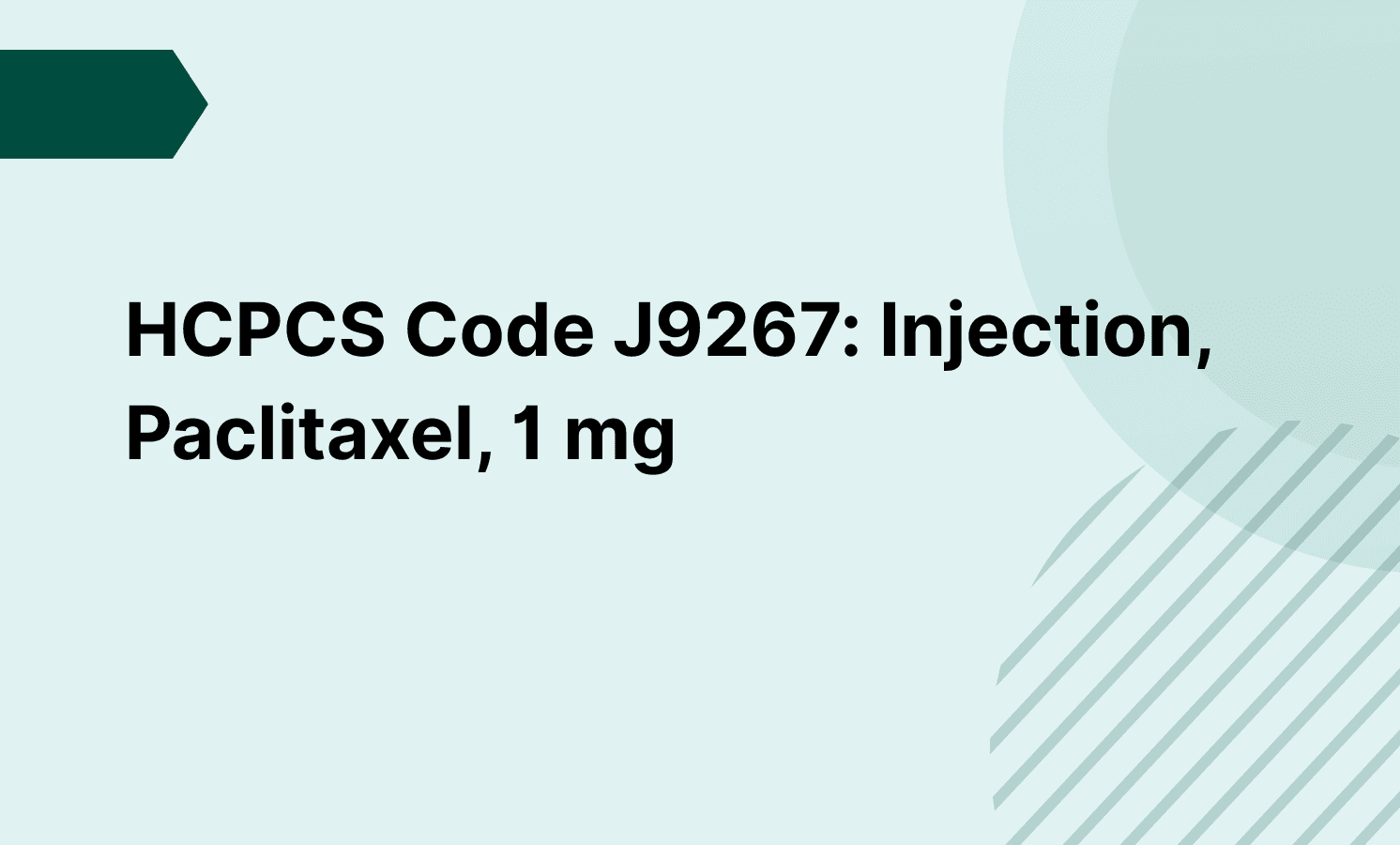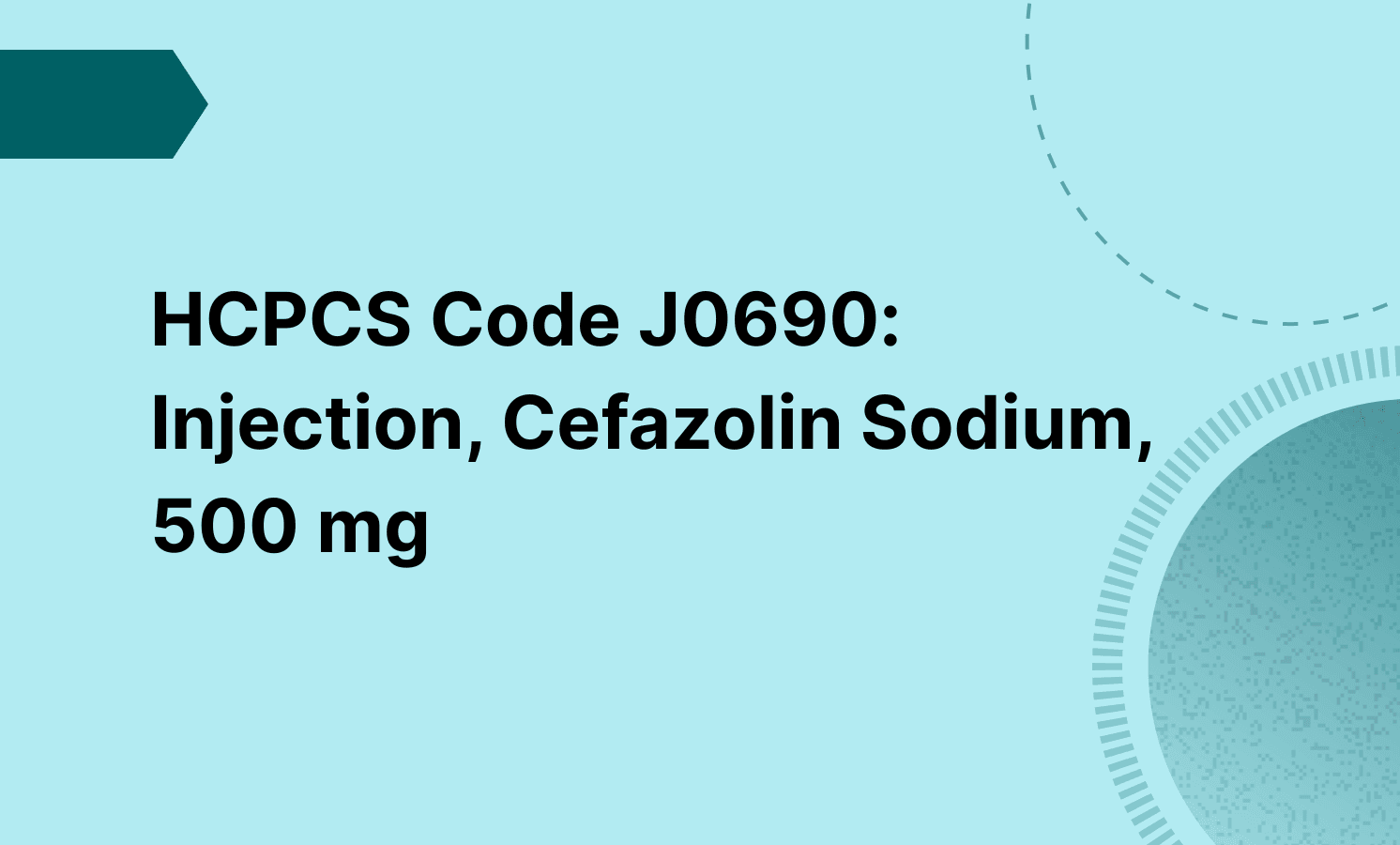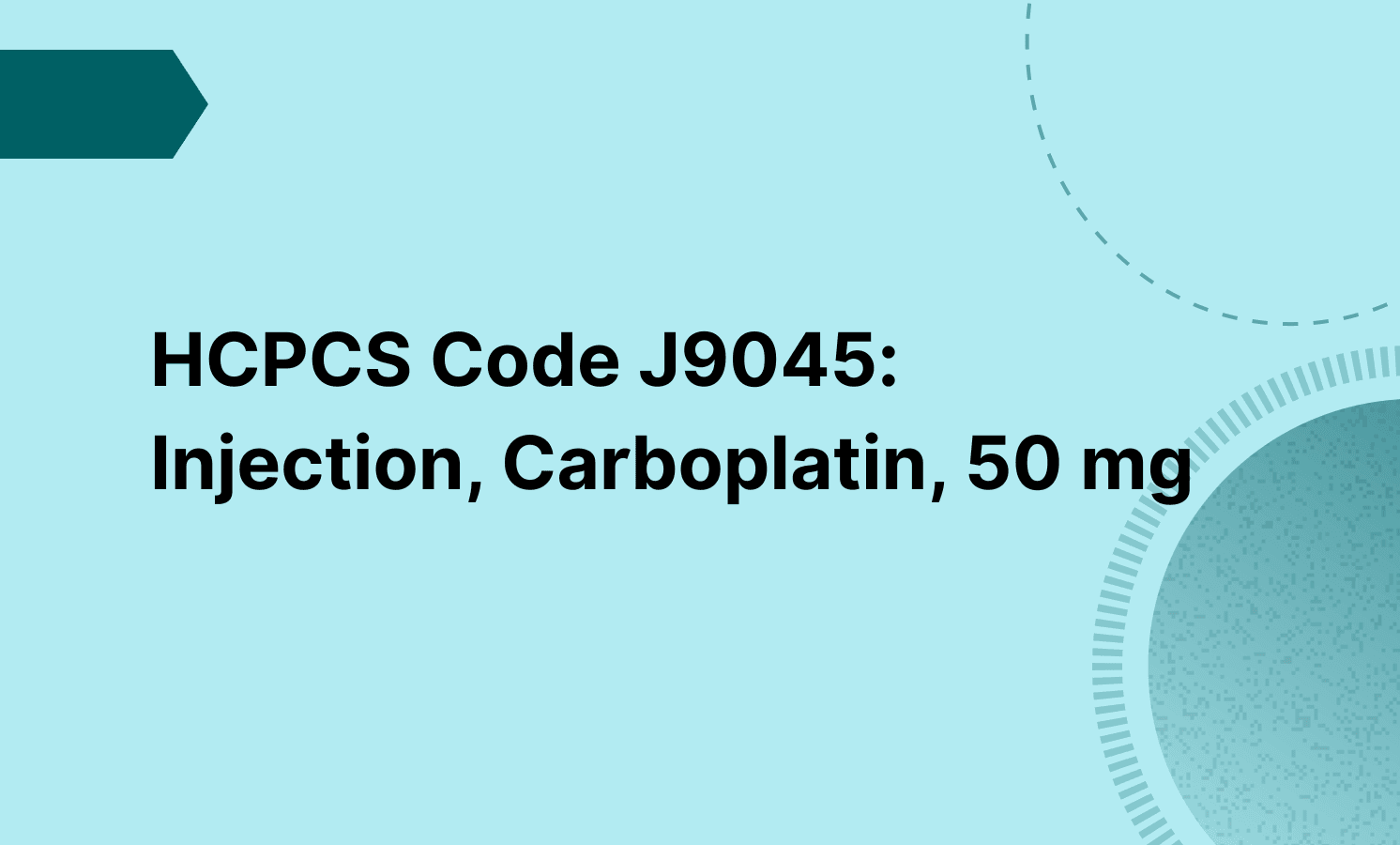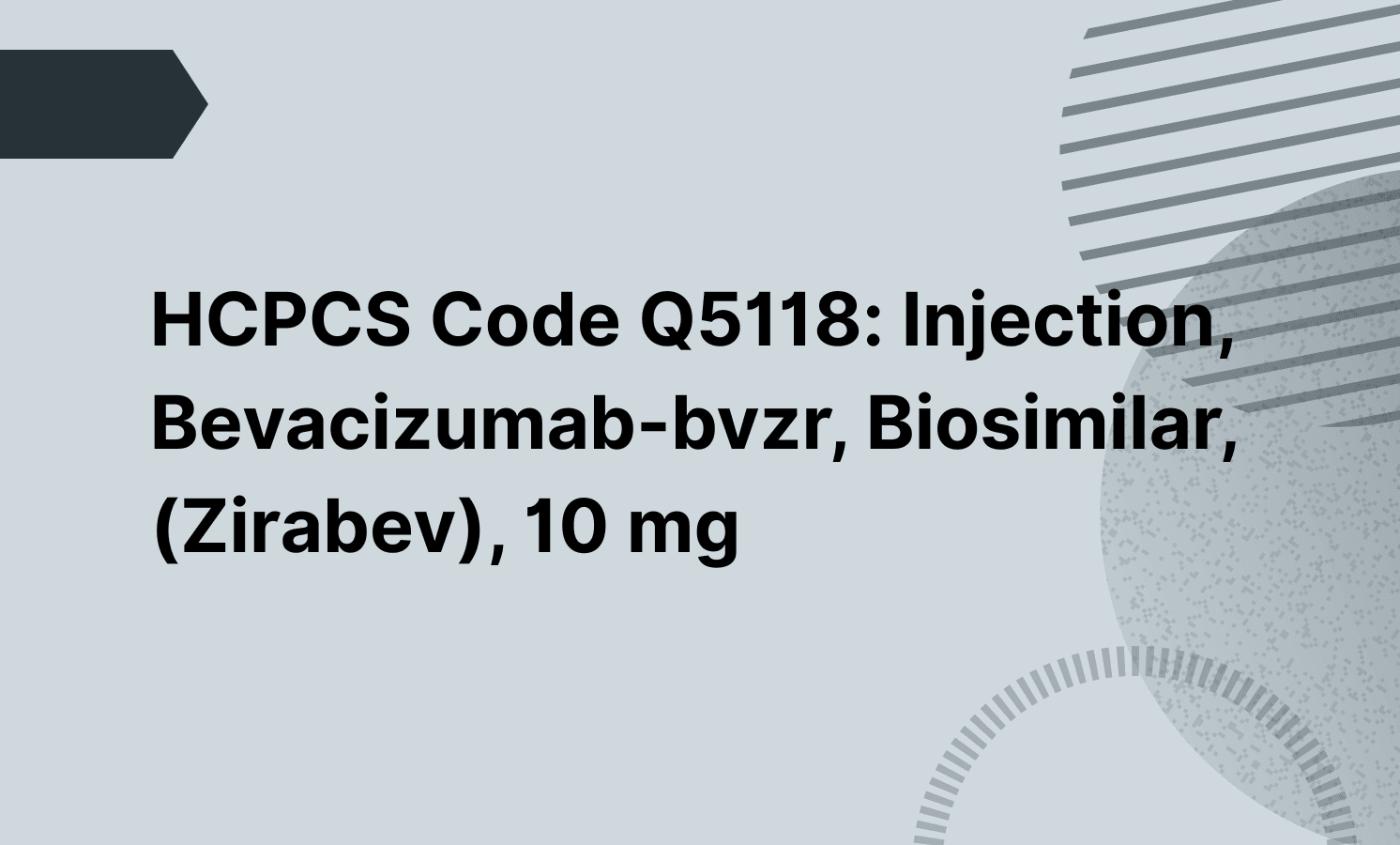CPT Code 77080 refers to dual-energy X-ray absorptiometry (DXA) of the axial skeleton to evaluate bone mineral density. Healthcare professionals use it for bone density testing to diagnose osteoporosis, assess fracture risk, and support ongoing patient care.
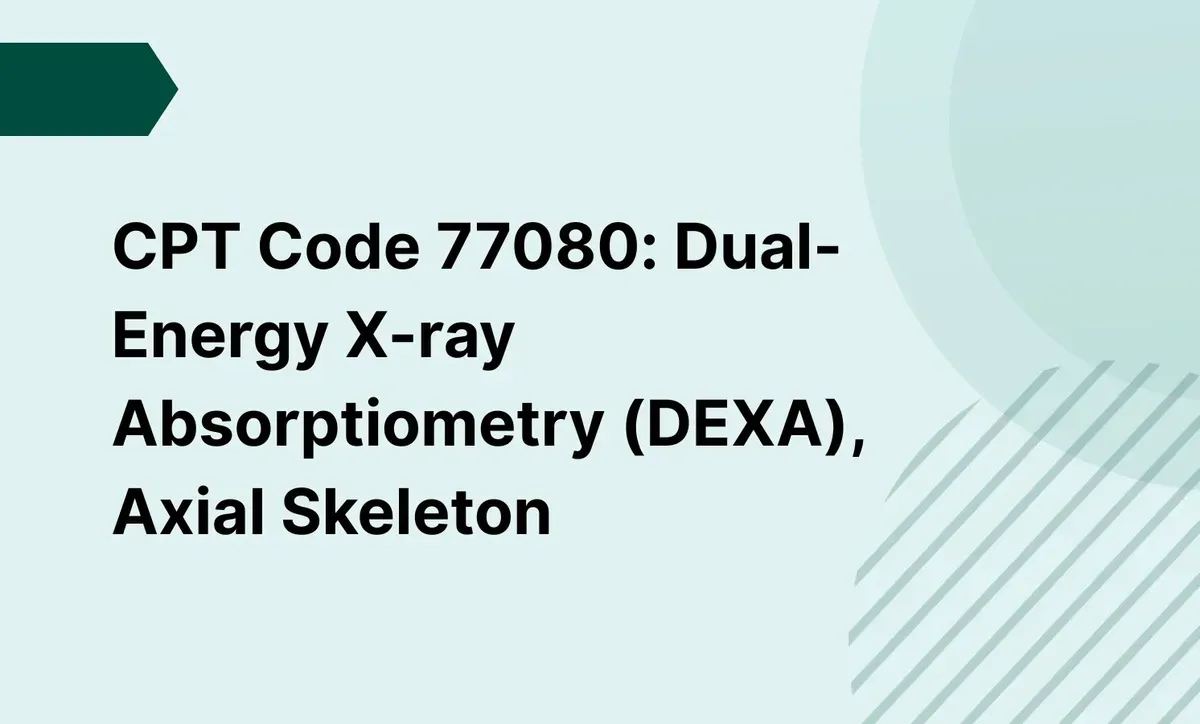
CPT Code 77080: Dual-Energy X-ray Absorptiometry (DEXA), Axial Skeleton
Learn about CPT Code 77080 for DEXA scans of the axial skeleton, bone density testing guidelines, documentation needs, and accurate medical billing.
Frequently asked questions
Diagnosis codes supporting a DXA scan include osteoporosis, osteopenia, bone loss, and high-risk conditions like current pathological fracture or chronic steroid use. The bone density international classification and diagnosis codes should always align with payer policies for coverage.
Generally, CPT Code 77080 is covered once for an initial bone mass measurement, with repeat scans allowed only if medically necessary for future monitoring or treatment assessment. The billing frequency may vary depending on the payer's policy and the patient's condition.
EHR and practice management software
Get started for free
*No credit card required
Free
$0/usd
Unlimited clients
Telehealth
1GB of storage
Client portal text
Automated billing and online payments

